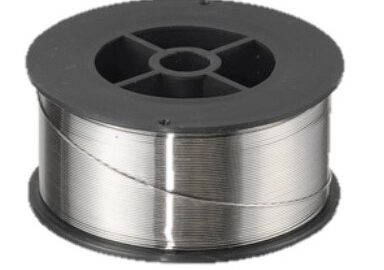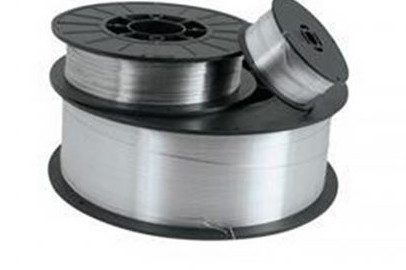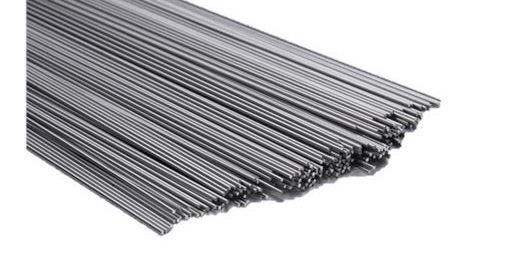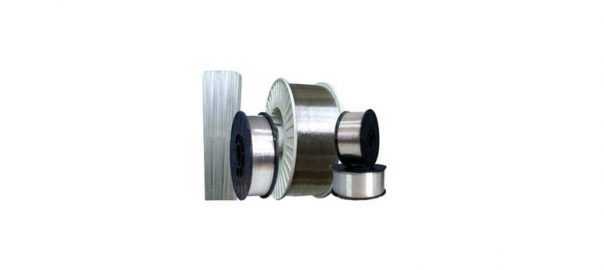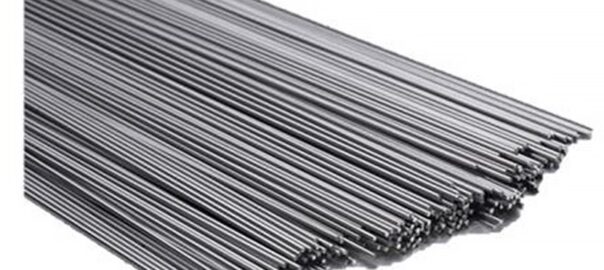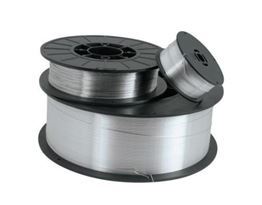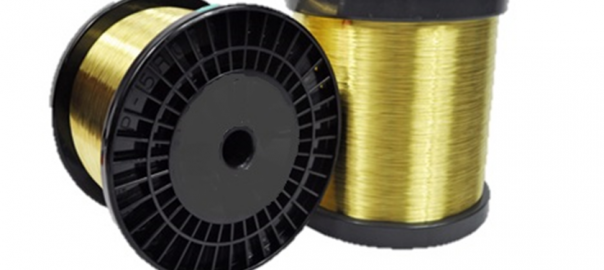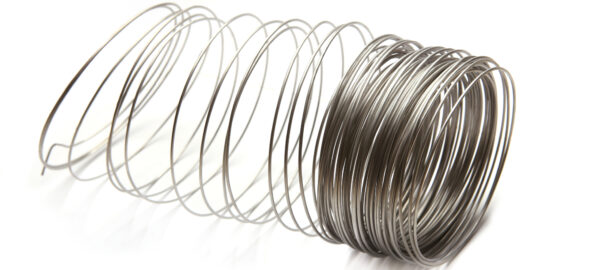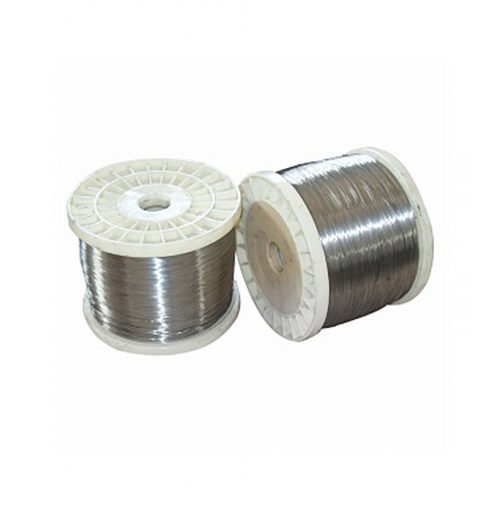
Safety wire is a type of positive locking wire that prevents fasteners from falling out due to vibrations and other issues. It is available in a variety of gauges and materials depending on the application of the safety wire. Safety wire is commonly made of stainless steel, copper for break-away type applications, and other alloys for high temperature applications.
Safety wire comes in an array of diameters for a variety of uses. In aircraft and racing applications, stainless steel wire such as in 0.032 in (0.81 mm) diameter is frequently used.
Since a safety wire is used to ensure proper security for a fastener, it may also serve as in indication that the fasteners have been properly tightened. The wire is generally threaded through a hole and drilled into a fastener or part, then twisted and anchored to a second fastener or part, then twisted again. When using safety wire, the wire should be long enough to reach from the fixed location to a hole in the removable fastener, such as a pin, a clevis fastener.
For most application uses, the two ends of a wire-loop are joined by twisting them together with a tool, using enough twists to ensure it is secure, and then released from the twisting tool. The removable fastener used could be a nut, wing nut, turnbuckle, a bolt, or a pin similar to a bolt. When the safety wire connection is finished, any excess length of wire would be cut off with a pair of wire cutters, such as pliers that may also be used as a twisting tool. Safety wire is not reusable. When a fastener needs to be opened, the safety wire may be cut apart for easy removal.





